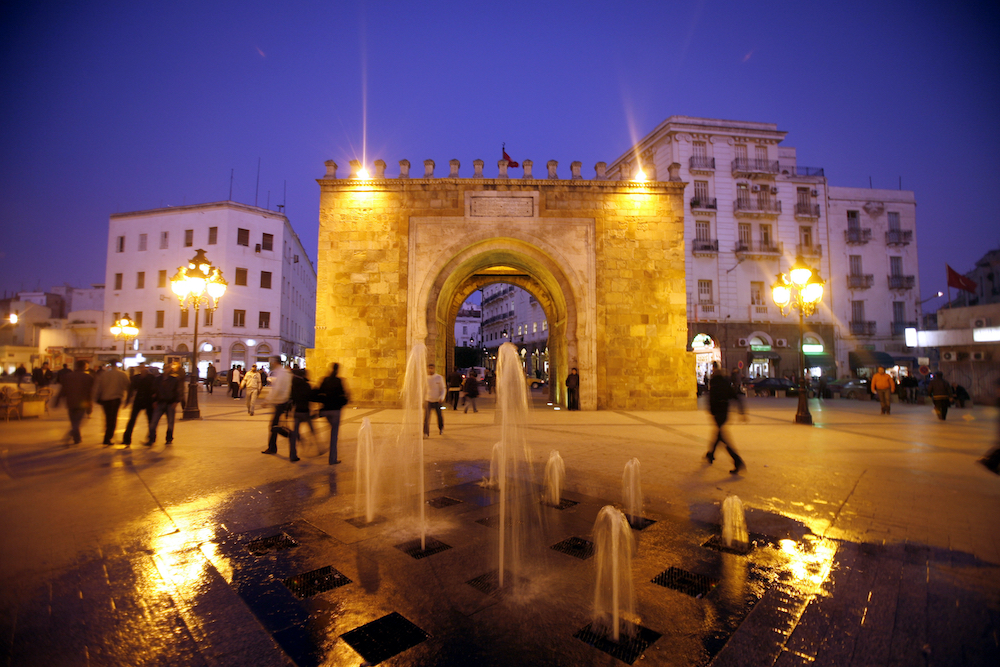Rome is a city everyone should visit at least once in their lifetime. From the Colosseum, history, and art to the food, this city has a lot to offer. On the flip side, Rome can be very expensive and overcrowded with tourists.
However, only an 80-minute flight away from Rome is a spectacular alternative — Tunis. Located in North Africa, Tunis is the capital city of Tunisia and will blow you away with its likeness to Rome.
The country has gone through an episode of turmoil, with two terror attacks occurring in 2015, but is now safe for tourists.
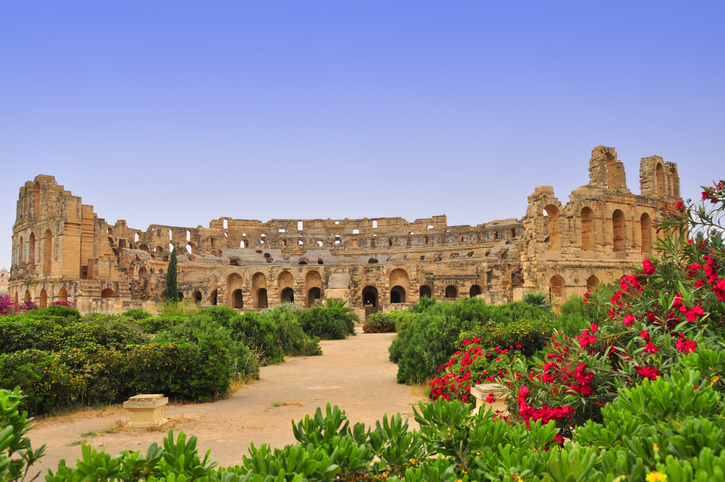
According to the BBC, Tunisia is “currently the only Arab nation with freedom of expression.” Tunis is full of film festivals, art shows, and concerts and is really progressive for young creatives.
When visiting Tunis, you’ll be able to explore ancient Roman and Punic ruins, beaches and shop for beautiful crafts. The Medina in Tunis is listed as a Unesco World Heritage site and you can find shoemakers, woodworkers, weavers, and perfumers while walking around this area.
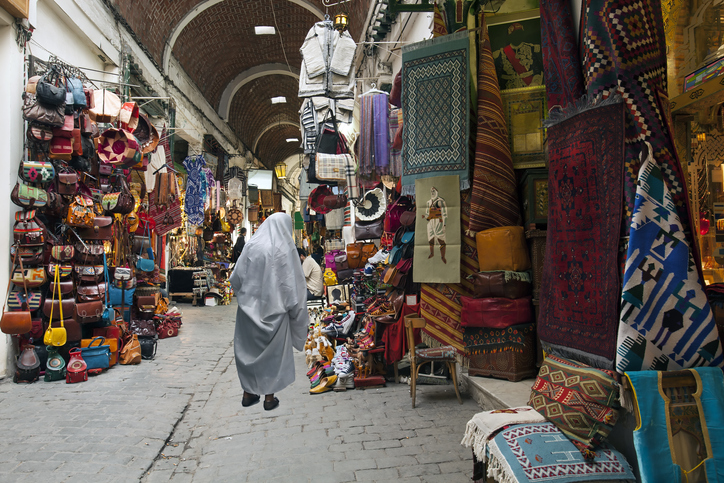
Before Tunis existed, there was Carthage, an ancient Phoenician port city. Carthage was Rome’s arch-rival for hundreds of years — thus the reason for Punic and Roman ruins. To see the runs, head to Byrsa Hill. Also a Unesco World Heritage Site, Byrsa Hill is filled with mansions and villas but don’t get it twisted, there are ancient Roman remains to be found here as well.
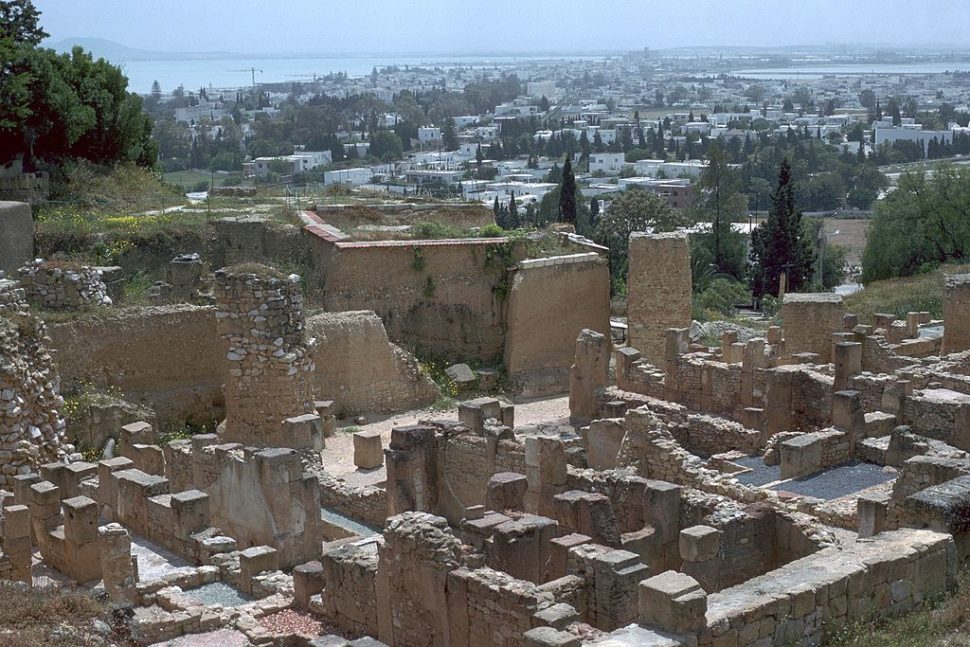
The Antonine Baths are the remains of one of the largest public baths ever made during the Roman era.
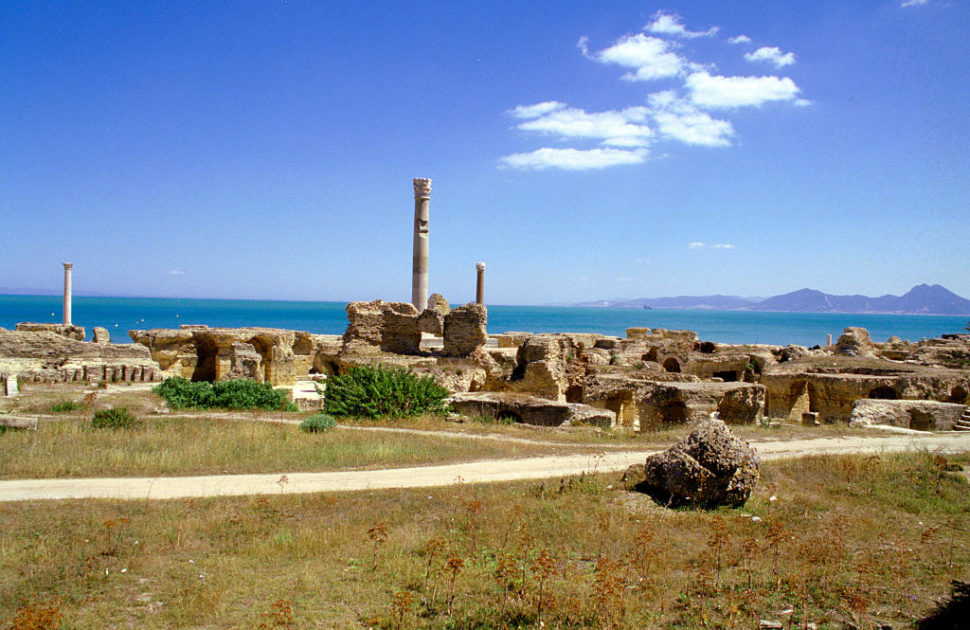
Just a two-hour drive from Tunis is Dougga, known as the best-preserved Roman city in North Africa. Explore the streets, temples, and hills overlooking the plains and be transported back to the Roman era.
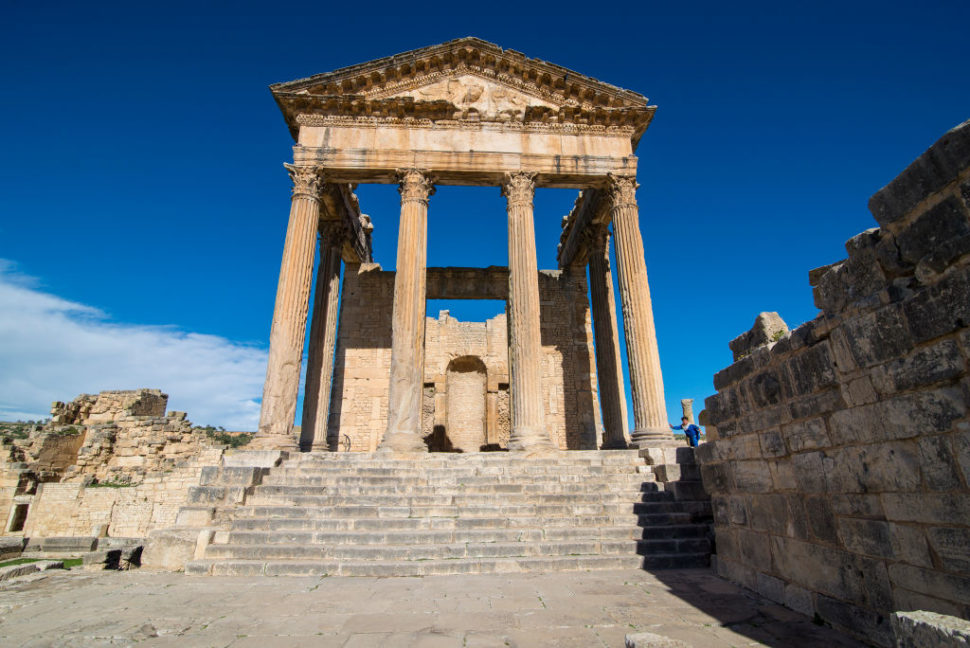
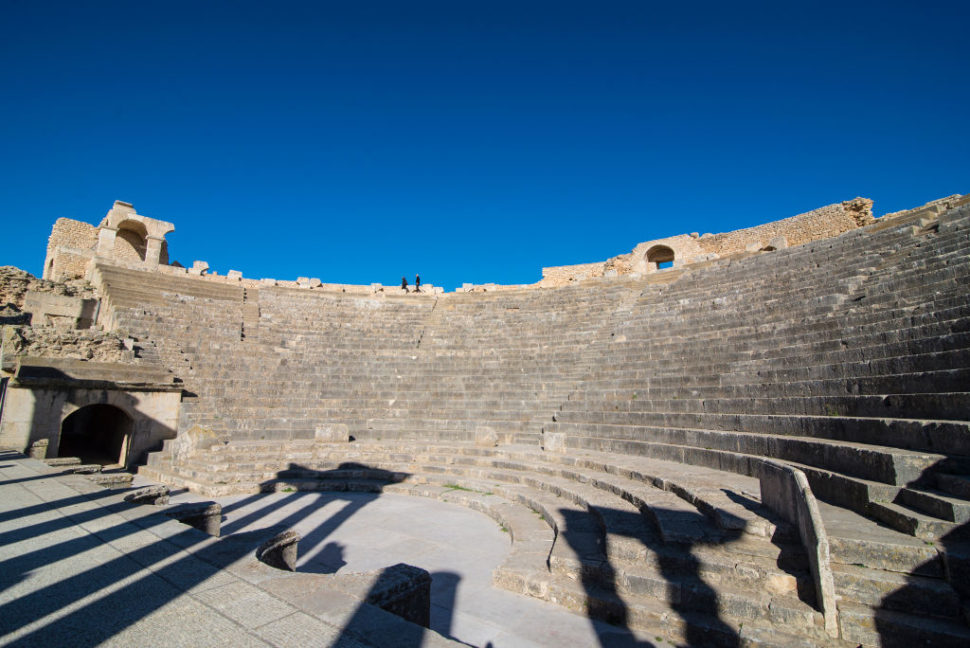
The history, art, and architecture of Rome can be found in Tunis with its own twist and is just as important city to visit as the popular Italian city.
